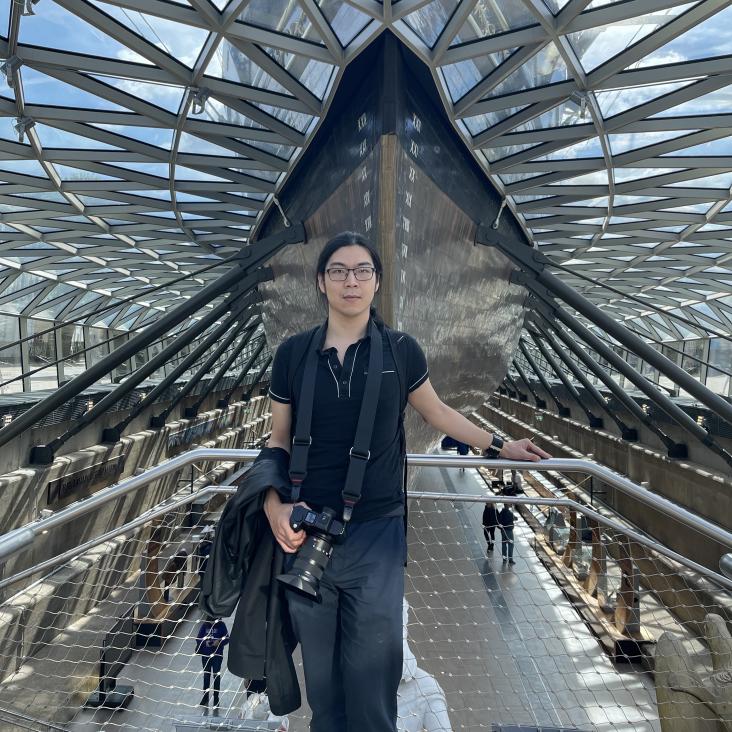Islands, Double Holography, and the Entanglement Membrane
arXiv: 2412.15070
Abstract:
The quantum extremal island rule allows us to compute the Page curves of Hawking radiation in semi-classical gravity. In this work, we study the connection between these calculations and the thermalisation of chaotic quantum many-body systems, using a coarse-grained description of entanglement dynamics known as the entanglement membrane. Starting from a double-holographic model of eternal two-sided asymptotically AdS_d (d>2) black hole each coupled to a flat d-dimensional bath, we show that the entanglement dynamics in the late-time, large-subregion limit is described by entanglement membrane, thereby establishing a quantitative equivalence between a semi-classical gravity and a chaotic quantum many-body system calculation of the Page curve.
On Linearized Nordström Supergravity in Eleven and Ten Dimensional Superspaces (2)
arxiv:1904.02328
Abstract:
On Linearized Nordström Supergravity in Eleven and Ten Dimensional Superspaces
JHEP07(2019)063
Abstract:
Elliptic and Triangular Flow of Identified Particles from the AMPT Model at RHIC Energies
J.Phys.G 42 (2015) 11, 115101
Abstract:
New horizons for inhomogeneous quenches and Floquet CFT
arXiv:2404.07884
Abstract:
A fruitful avenue in investigating out-of-equilibrium quantum many-body systems is to abruptly change their Hamiltonian and study the subsequent evolution of their quantum state. If this is done once, the setup is called a quench, while if it is done periodically, it is called Floquet driving. We consider the solvable setup of a two-dimensional CFT driven by Hamiltonians built out of conformal symmetry generators: in this case, the quantum dynamics can be understood using two-dimensional geometry. We investigate how the dynamics is reflected in the holographic dual three-dimensional spacetime and find new horizons. We argue that bulk operators behind the new horizons are reconstructable by virtue of modular flow.


